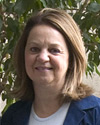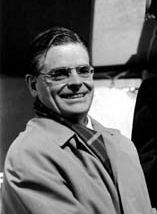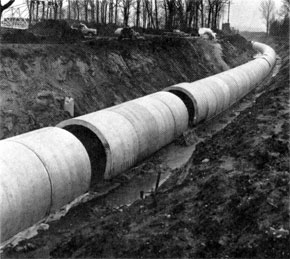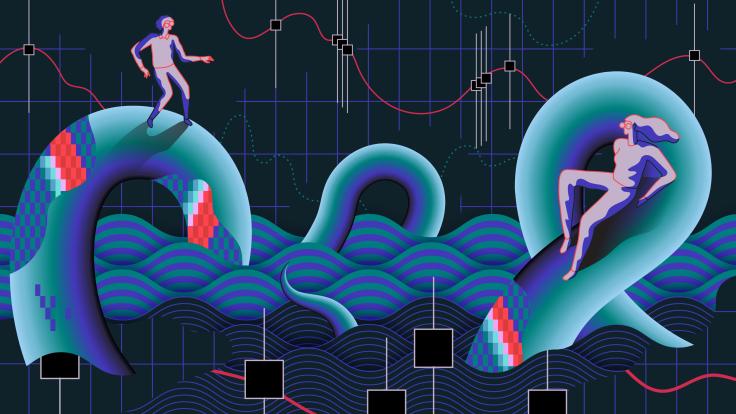Adrienne Kolb knows a lot about the 40-year history of Fermi National Accelerator Laboratory in Batavia, Illinois: She's the laboratory's archivist and heads its History and Archives Project.
This month, Kolb introduced her book Fermilab: Physics, the Frontier & Megascience, which she coauthored with Lillian Hoddeson and Catherine Westfall. Almost 500 people attended her public lecture (see video) and book presentation at Fermilab, and many of them lined up after her talk to have her sign a copy of her book.
Kolb has worked at Fermilab since 1983. Her book focuses on the first two decades at Fermilab. Through her studies she's gained a deep appreciation of the work of founding director Robert Wilson.
"I hate to say this because of the [Presidential election] campaign rhetoric of the last few months, but Wilson was a real maverick," she said during her lecture. "He believed physicists could do everything."
There was lots of work to be done when the federal government decided in 1965 to build a new national laboratory about 40 miles west of Chicago. Wilson was appointed director in 1967--according to Kolb a "surprise choice," since Wilson had criticized the design of the accelerators to be built.
Wilson struggled to attract scientists to the new laboratory. Professors from the East and West coasts hesitated to come to the Midwest and were worried that the new laboratory would be a secretive place with classified research. But Wilson had a different vision for the lab on the prairie.
"He promised to build an open lab, not classified as was Los Alamos," said Kolb, a place "open to all physicists with respectable ideas for experiments."
In a Congressional authorization hearing in 1969, Wilson made clear that the new laboratory would not carry out weapons research. Responding to a question about what the new laboratory would offer for national defense, he famously said, "It has nothing to do directly with defending our country except to make it worth defending."
The first scientists moved into houses on the laboratory site in 1968. "It was rather desolate, but most frontier posts have modest beginnings," Kolb said in her lecture. There were "years of lean budgets and uncertainty" and "money came in increments, always less than promised."
Despite these challenges, the laboratory continued to grow. The groundbreaking for the four-mile Main Ring tunnel, which today houses the Tevatron particle collider, took place in October 1969. Two years later, Wilson received more than 200 proposals from scientists all over the world for experiments to be conducted with the new particle accelerator.
On March 1, 1972, the Main Ring accelerator achieved its first beam, "ahead of schedule and for less money than had been budgeted," said Kolb. Five years later, a team of physicists led by Leon Lederman made the first big discovery at the laboratory: the bottom quark.
But in 1978, Fermilab was again in a tough financial situation. There was no money for the next accelerator. Kolb said the Department of Energy favored the construction of a new accelerator at Brookhaven National Laboratory. Wilson resigned and "Fermilab was in drift," Kolb said. A year later, Director Leon Lederman secured funding for the new accelerator, which had been proposed to double the energy of the Main Ring accelerator. The Tevatron--initially named the Energy Doubler--was born.
In 1983, the Tevatron became the world's highest-energy accelerator, and it still is. Its beams have led to the discovery of the top quark (1995), the tau neutrino (2000), and several composite particles made of quarks, and have provided insight into numerous processes involving the subatomic forces of nature.
But the Tevatron's days are numbered. In 2009, the Large Hadron Collider at the European laboratory CERN will achieve beams with even higher energy, and Fermilab plans to shut down the Tevatron in 2010. While Fermilab has plans for a new accelerator project, funding for the project still has to come.
This, however, is not the first time that budgets have been tight at Fermilab before the launch of a new project. History seems to repeat itself.









